DICHLOR (Chlorthalidone) 12.5/25 mg, 30 tablets
$11.00 – $16.00
Description
One tablet contains
- Active ingredient – chlorthalidone 12.5 mg, 25 mg, 50 mg
- Excipients: microcrystalline cellulose, pregelatinized starch, quinoline yellow (E104), sodium starch glycolate, colloidal silicon dioxide, stearic acid, purified water.
Indications for use
indicated for use in adults
– essential arterial hypertension, if creatinine clearance > 30 ml/min, as primary therapy or in combination with other antihypertensive drugs
– Treatment of mild to moderate chronic heart failure, NYHA (New York Heart Association) functional class II or III, with creatinine clearance > 30 ml/min.
– ascites in cirrhosis of the liver (under careful control)
List of information required before application
Contraindications
– hypersensitivity to chlorthalidone and other sulfonamide derivatives or to any of the excipients
– anuria
– diabetes mellitus (severe forms)
– severe liver failure, hepatic coma, acute hepatitis
– severe renal failure (creatinine clearance <30 ml/min)
– stable hypokalemia, hyponatremia and hyperkalemia
– symptomatic hyperuricemia (previous gout or uric acid stones)
– with untreated Addison’s disease
– simultaneous use of a lithium preparation
– hypertension during pregnancy
– children and adolescents up to 18 years of age
Necessary precautions for use
– moderate renal failure
– liver failure of moderate severity
Interactions with other drugs
Lithium
Since diuretics increase the level of lithium in the blood, the latter should be monitored in patients receiving lithium therapy and concomitantly taking chlorthalidone. If lithium causes polyuria, diuretics may have a paradoxical antidiuretic effect.
Non-depolarizing relaxants, curare derivatives and antihypertensive drugs
Diuretics potentiate the action of non-depolarizing relaxants, curare derivatives, and antihypertensive drugs (eg, guanethidine, methyldopa sesquihydrate, beta-blockers, vasodilators, calcium antagonists, ACE inhibitors, or angiotensin II inhibitors).
Corticosteroids, ACTH, beta-2 agonists, amphotericin B (amphotericin), and carbenoxolone
The hypokalemic effect of diuretics with risk of heart and/or muscle disease may be enhanced by corticosteroids, ACTH, beta-2 agonists, amphotericin B (amphotericin) and carbenoxolone.
Insulin and oral antidiabetic agents
It may be necessary to adjust the dosage of insulin and oral antidiabetic agents.
Digitalis
Hypokalemia or hypomagnesaemia caused by thiazides may contribute to cardiac arrhythmia caused by digitalis.
Non-steroidal anti-inflammatory drugs
The concomitant use of certain non-steroidal anti-inflammatory drugs (eg, indomethacin) can weaken the diuretic and antihypertensive activity of diuretics, there have been isolated reports of deterioration in renal function in predisposed patients.
Allopurinol
Concomitant use of thiazide diuretics may increase the frequency of hypersensitivity reactions to allopurinol.
Amantadine
Concomitant use of thiazide diuretics may increase the risk of side effects of amantadine.
Anticancer agents (eg, cyclophosphamide monohydrate, methotrexate)
Simultaneous administration of thiazide diuretics may reduce the renal excretion of cytotoxic agents and enhance myelosuppressive effects.
Anticholinergics (eg, atropine, biperiden)
The bioavailability of thiazide-type diuretics may be increased by anticholinergics due to decreased gastrointestinal motility and gastric emptying rate.
Anion exchange resins (eg cholestyramine)
The absorption of thiazide diuretics is reduced by anion exchange resins, such as cholestyramine. A decrease in the pharmacological effect can be expected.
Vitamin D
The use of thiazide diuretics may reduce the excretion of calcium in the urine, and the concomitant use of vitamin D may increase the increase in serum calcium levels.
Cyclosporine
Concomitant treatment with diuretics may increase the risk of hyperuricemia and complications of gout.
Calcium salts
Concomitant use of thiazide-type diuretics can cause hypercalcemia by increasing calcium reabsorption. The resulting hypercalcemia may persist and be symptomatic in patients with hyperparathyroidism (weakness, fatigue, anorexia).
Diazoxide
Thiazide diuretics may enhance the hyperglycemic effect of diazoxide.
Special Warnings
Choroidal effusion, acute myopia and secondary angle-closure glaucoma
Talk to your doctor before taking dichlor.
If you experience decreased vision or eye pain. These may be symptoms of fluid accumulation in the choroid (choroidal effusion) or increased eye pressure, which may occur within hours or weeks of starting dichlor. If left untreated, irreversible vision loss is possible. If you’ve had an allergic reaction to penicillin or a sulfonamide before, you may be at a higher risk of developing choroidal effusion.
Hypersensitivity reactions
Hypersensitivity reactions may occur in patients with allergies and asthma. There is a possibility of exacerbation or manifestation of systemic lupus erythematosus when taking thiazide diuretics, which are structurally related to chlorthalidone. However, there have been no reports of the manifestation of systemic lupus erythematosus after taking chlorthalidone. Caution should be exercised when prescribing it to patients with this disease.
electrolytes
Treatment with thiazide diuretics has been associated with electrolyte disturbances such as hypokalemia, hypomagnesemia, hypercalcemia, and hyponatremia. Hypokalemia can provoke the development of an abnormal heart rhythm or increase the reaction of the heart to the toxic effects of digitalis.
As with all thiazide diuretics, the increased urinary potassium excretion induced by Dichlor is dose dependent and varies from patient to patient. At a dose of 25 mg / day, the decrease in serum potassium concentration averages 0.7 mmol / l. With long-term treatment, you should first check the concentration of potassium in the blood serum, and then after 3-4 weeks. In the future, if the potassium balance is disturbed, adverse reactions may occur (for example, vomiting, diarrhea, changes in kidney function, etc.). Monitoring should be done every 4-6 months.
Titrated co-administration of an oral potassium salt (eg, potassium chloride) may be considered in patients receiving digitalis (digitalis) in patients with evidence of coronary artery disease if they are not taking an angiotensin-converting enzyme (ACE) inhibitor in patients taking high doses of beta-adrenergic agonists ; and in all cases where the plasma potassium concentration is <3.0 mmol/l. If oral potassium preparations are not tolerated, Dichlor may be combined with a potassium-sparing diuretic (eg, triamterene).
In all cases of combined treatment, potassium balance should be carefully monitored. If hypokalemia is accompanied by clinical signs (eg, muscle weakness, paresis, and ECG changes), Dichlor should be discontinued.
Combination treatment consisting of Dichlor and a potassium salt or a potassium-sparing diuretic should be avoided in patients also receiving ACE inhibitors or angiotensin II inhibitors.
In isolated cases, hyponatremia was observed, accompanied by neurological symptoms (nausea, weakness, progressive disorientation, apathy).
Serum electrolyte monitoring is especially indicated in the elderly, patients with ascites due to cirrhosis of the liver, and patients with edema due to nephrotic syndrome. In the latter case, Dichlor should only be used under close supervision in patients with normokalemia without evidence of potassium depletion or severe hypoalbuminemia.
Metabolic effects
Chlorthalidone may increase serum uric acid levels, but gout attacks are rarely observed with long-term treatment.
Although glucose tolerance may be impaired, diabetes mellitus very rarely occurs with treatment.
A small and partially reversible increase in plasma concentrations of total cholesterol, triglycerides or low-density lipoprotein cholesterol has been reported in patients during long-term treatment with thiazides and thiazide-like diuretics. The clinical significance of these results is not clear.
Dichlor should not be used as a first-line drug for long-term treatment in patients with diabetes mellitus or in patients receiving hypercholesterolemia therapy (dietary or combination).
Combination with an ACE inhibitor or an angiotensin II inhibitor
The antihypertensive effect of ACE inhibitors or angiotensin II inhibitors is enhanced by agents that increase plasma renin activity (diuretics). Therefore, a cautious dosing regimen should be followed when adding an ACE inhibitor or angiotensin II inhibitor to a diuretic. It is recommended to reduce the diuretic dose or stop it for 2-3 days and use a low initial dose of an ACE inhibitor or angiotensin II inhibitor.
Use in the elderly
Elderly patients eliminate chlorthalidone more slowly than younger patients.
patients, although absorption is the same. Therefore, when treating elderly patients with Dichlor, careful medical supervision, including monitoring of serum electrolytes, is necessary.
Sodium
The composition of the excipients of the drug contains sodium starch glycolate (sodium content 2.8 – 4.2%) in the amount of 1.50 mg, 3.00 mg, 6.00 mg, the sodium content is less than 1 mmol in a single dose, that is, Dichlor is considered a drug free from sodium.
Impact on laboratory tests
There is no data.
Liver failure
In patients with hepatic impairment or advanced liver disease, chlorthalidone should be used with caution as minor changes in fluid levels and electrolyte balance may cause hepatic coma.
kidney failure
Chlortalidone should be taken with caution in patients with renal insufficiency. In patients with renal insufficiency, chlorthalidone or other similar drugs may increase azotemia. In patients with impaired renal function, cumulative effects of the drug may develop.
Application in pediatrics
There are no data on use in children. Use in children and adolescents under 18 years of age is contraindicated.
During pregnancy or lactation
Penetrates through the placental barrier. During pregnancy, it is contraindicated in arterial hypertension. In other cases, the use is possible only under strict indications in the minimum effective dose and when the expected benefit of therapy for the mother outweighs the potential risk to the fetus.
Chlortalidone is excreted in breast milk. If necessary, use during lactation, breastfeeding should be discontinued.
Features of the effect of the drug on the ability to drive a vehicle or potentially dangerous mechanisms
Given the side effects of the drug (dizziness, headache), care should be taken when driving vehicles and potentially dangerous mechanisms.
Recommendations for use
Dosing regimen
As with all diuretics, therapy should be started with the lowest possible dose. This dose should be titrated according to the individual response of the patient in order to obtain the maximum therapeutic effect with the minimum level of side effects.
Arterial hypertension
The clinically effective dose range is 12.5 to 50 mg/day. The recommended starting dose is 12.5 or 25 mg/day, the latter being sufficient to obtain the maximum hypotensive effect in most patients. For this dose, the full effect is achieved in 3-4 weeks. If the reduction in blood pressure is insufficient when taking 25 or 50 mg / day, combination treatment with other antihypertensive drugs (such as beta-blockers, ACE inhibitors or angiotensin II inhibitors) is recommended. When adding an ACE inhibitor or angiotensin II inhibitors, the intake of Dichlor should be reduced or discontinued.
Stable chronic heart failure (functional class II/III)
Recommended starting doses are 25 to 50 mg/day. Patients with severe chronic heart failure (grade IV) who cannot tolerate loop diuretics can use the first dose of two 50 mg tablets of Dichlor every other day. For maintenance, use the lowest effective dose: 12.5 to 50 mg/day or 25 to 50 mg every other day. If the response is inadequate, a positive inotropic drug (eg, digitalis) may be added, possibly in combination with an ACE inhibitor. In the latter case, the use of Dichlor should be reduced or discontinued.
Edema of a specific origin
The lowest effective dose should be determined by titration and administered only for a limited period of time. Doses should not exceed 50 mg/day.
Children
Use in children and adolescents under 18 years of age is contraindicated.
Elderly patients
In elderly patients, the release of chlorthalidone is slower than in healthy adults. Thus, dosage reduction may be required. When taking chlorthaliodine, elderly patients need careful medical supervision.
Patients with liver failure
In patients with impaired liver function or advanced liver disease, a low dosage of chlorthalidone is recommended because minor changes in fluid levels and electrolyte balance may precipitate hepatic coma.
Patients with renal insufficiency
For patients with renal insufficiency, a low dosage is recommended.
Chlorthalidone and thiazide diuretics lose their diuretic effect at creatinine clearance <30 ml/min.
Method and route of administration
For internal use.
A single dose is recommended daily or every other day in the morning with food.
Measures to be taken in case of overdose
- Symptoms: dizziness, nausea, drowsiness, hypovolemia, excessive decrease in blood pressure, arrhythmia, convulsions.
- Treatment: gastric lavage, oral administration of activated charcoal, symptomatic therapy (in / in the introduction of saline solutions to restore the electrolyte balance of the blood). There is no specific antidote for chlorthalidone.
Recommendations for seeking advice from a healthcare professional about how to use the drug
If you have any further questions on the use of this drug, ask your doctor or pharmacist.
Description of adverse reactions that occur with the standard use of drugs and measures to be taken in this case
The frequency of side effects is determined according to the following criteria: very often (≥ 1/10), often (≥ 1/100 to < 1/10), infrequently (≥ 1/1000 to < 1/100), rarely ( ≥ 1/10000 to < 1/1000), very rare (< 1/10000), not known (cannot be estimated from the available data)
Blood and lymphatic system disorders
Rare: thrombocytopenia, leukopenia, agranulocytosis, eosinophilia
From the side of the immune system
Hypersensitivity
Metabolic disorders
Very common: (mainly at high doses) hypokalemia, hyperuricemia, hyperlipidemia
Often: hyponatremia, hypomagnesemia, hyperglycemia, decreased appetite
Rare: hypercalcemia, poor control of diabetes mellitus, gout
Very rare: hypochloremic alkalosis
Disorders of the nervous system
Often: dizziness.
Rare: paresthesia, headache
Hearing disorders
Dizziness
Visual disturbances
Rare: blurred vision
Not known: choroidal effusion
Respiratory disorders
Very rare: non-cardiogenic pulmonary edema
Gastrointestinal Disorders
Common: Abdominal discomfort
Rare: mild nausea and vomiting, upper abdominal pain, constipation, diarrhea
Very rare: pancreatitis.
Hepatobiliary disorders
Rare: intrahepatic cholestasis, jaundice
Skin and subcutaneous tissue
Common: urticaria, other forms of skin rash
Rare: photosensitivity reaction
Musculoskeletal system and connective tissue
Common: muscle weakness
From the side of the kidneys and urinary tract
Rare: glycosuria
Very rare: tubulointerstitial nephritis
Heart disorders
Rare: arrhythmia
Vascular disorders
Common: orthostatic hypotension, which may be aggravated by alcohol, anesthetics, or sedatives
Very rare: vasculitis
reproductive system
Common: erectile dysfunction
Laboratory research
Very rare: high blood cholesterol
Storage conditions
Shelf life – 2 years.
Do not use after the expiration date!
Store in a dry, dark place at a temperature not exceeding 25ºС.
Keep out of the reach of children!
Additional information
| Ingredient |
|---|





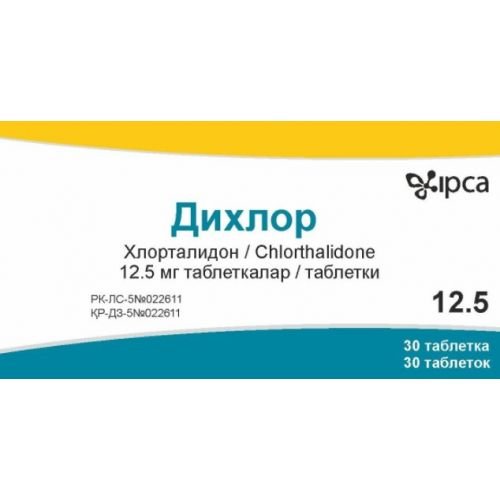
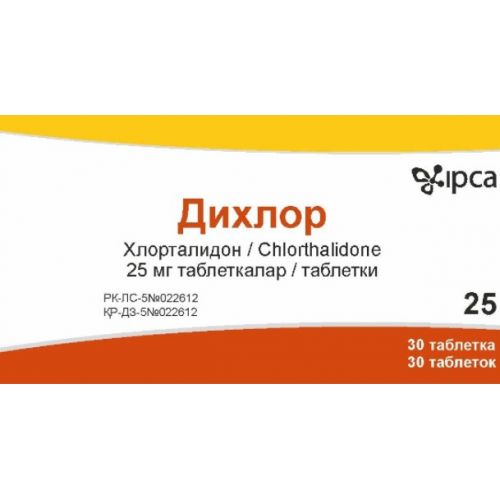
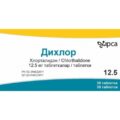
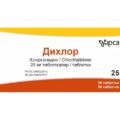
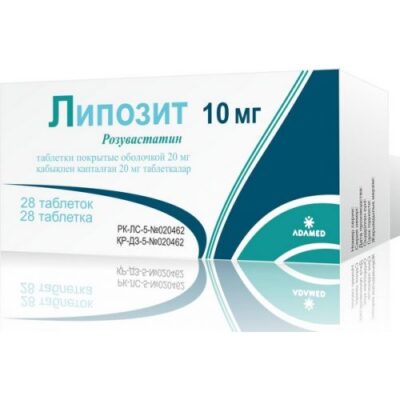
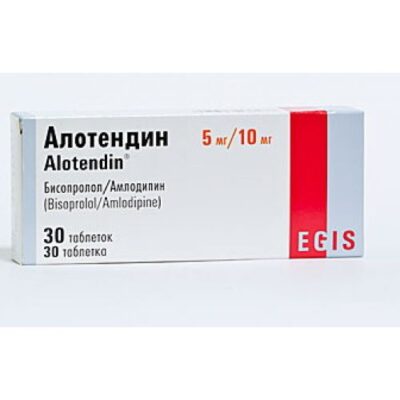
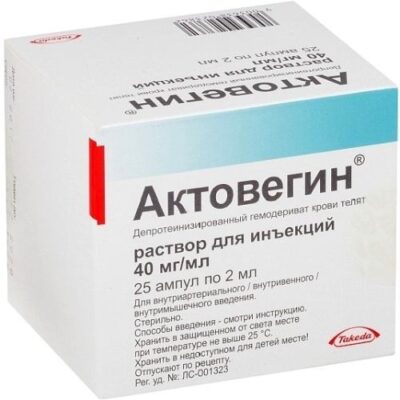
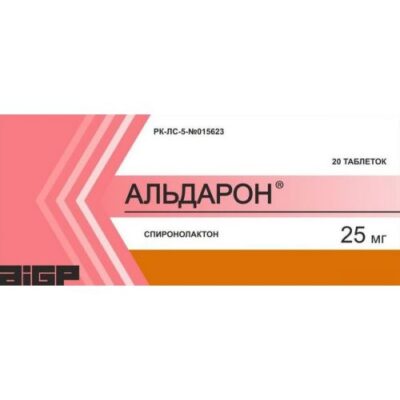
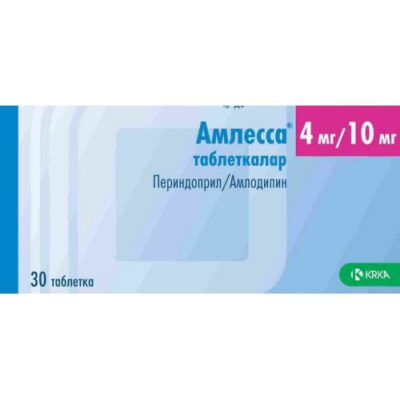
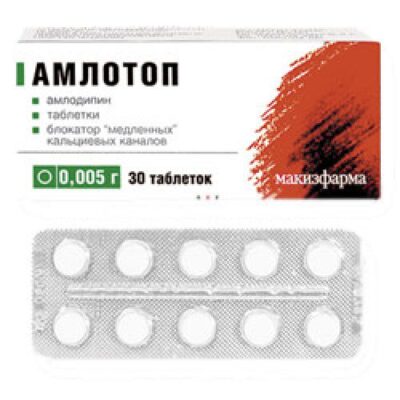

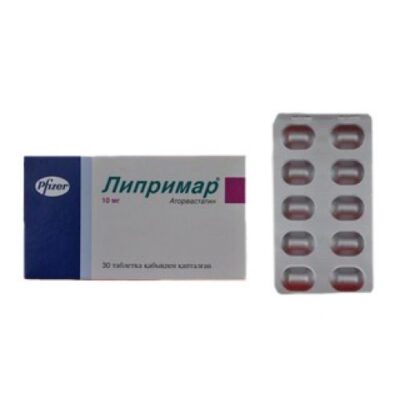
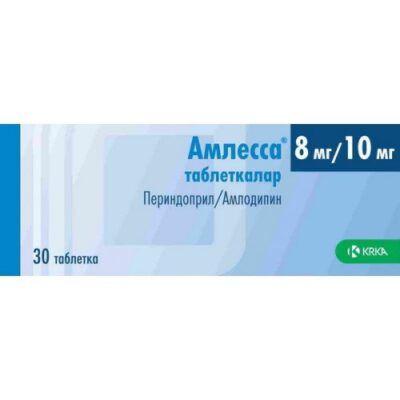
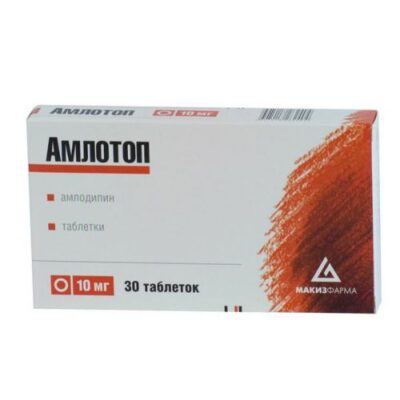






Reviews
There are no reviews yet.